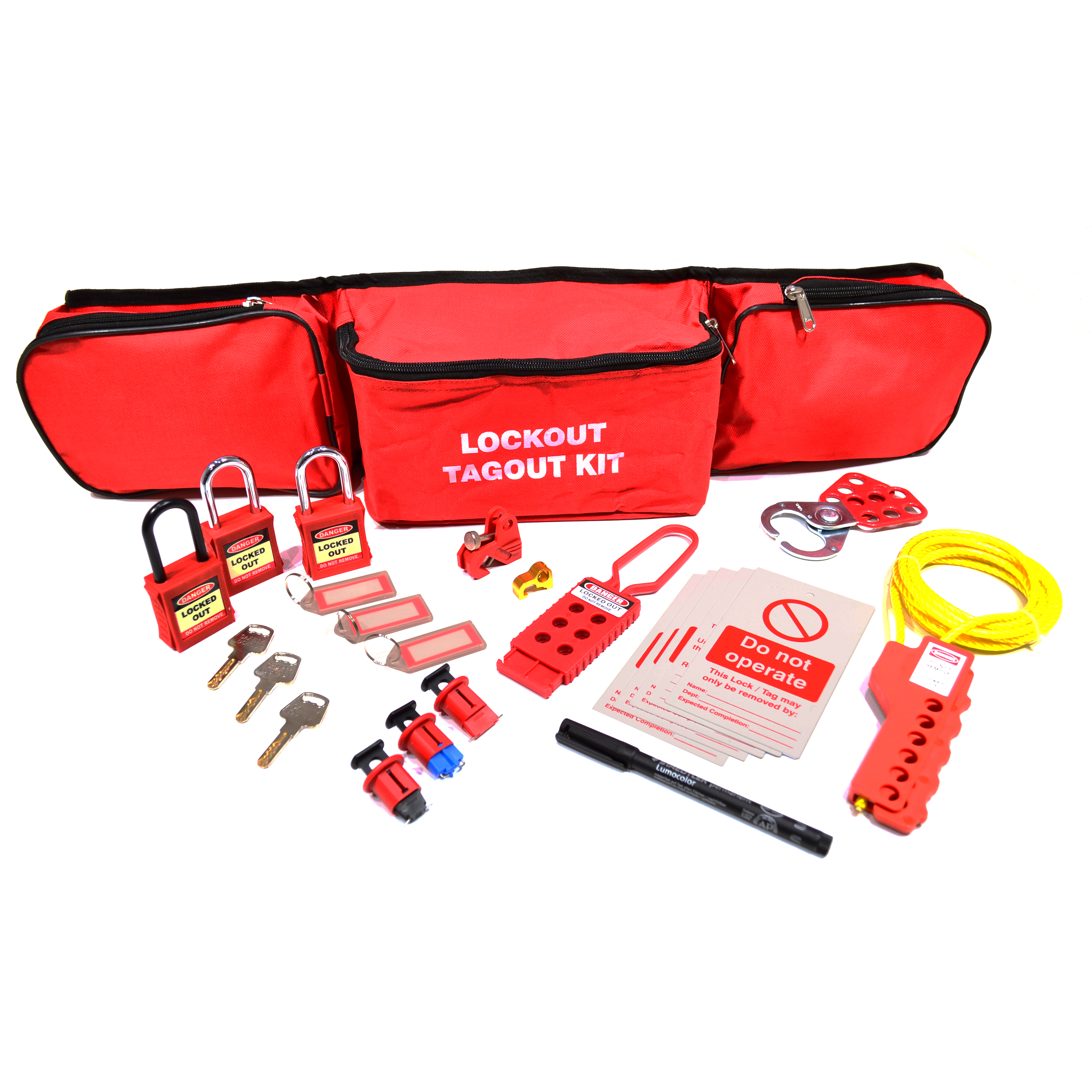
Lockout Tagout safeguards against the unexpected release of energy.
Carrying out a successful Lockout Tagout programme will ensure the safety of all authorised employees involved and anyone else who may come into contact with the equipment. However, it is not just vital for health & safety, it is also important for protecting investments made in equipment.
This robust programme will detail all the steps necessary to effectively isolate equipment from its power source.
Providing a well-written plan with details of each process required will reduce mistakes and ensure the process is carried out efficiently. The plan should outline responsibilities, training, isolation procedures, restoring equipment to normal operation, contractor control, the correct choice of Lockout Tagout products and permits to work etc…
Identify all equipment that will require isolation during maintenance, cleaning or repair activities as well as details of power and isolation points (e.g. switches, breakers etc). Work out the sequence in, which the source needs to be isolated, considering environmental factors such as confined spaces, adjacent activities and any equipment adaptions. Be sure to consider mechanical valves and/or LSS (Life Safety Systems) that are required to remain ON for safety purposes during these activities.
Use the information gathered in the last step to develop equipment specific procedures. This will also help define lockout product requirements following successful testing specific procedures should be posted alongside the equipment.
Ensure employees are aware of the procedure put in place and have the training to implement it. Authorised employees must be equipped with the relevant lockout products and tags.
Time to put that plan into action. Below are the recommended stages for isolating equipment, however detailed instructions should be provided in the audit, as these steps may be adapted to individual circumstances.
It is just as important to follow the correct procedure to re-active the equipment once maintenance is complete. Below are general steps, but detailed instructions should be found in the audit.